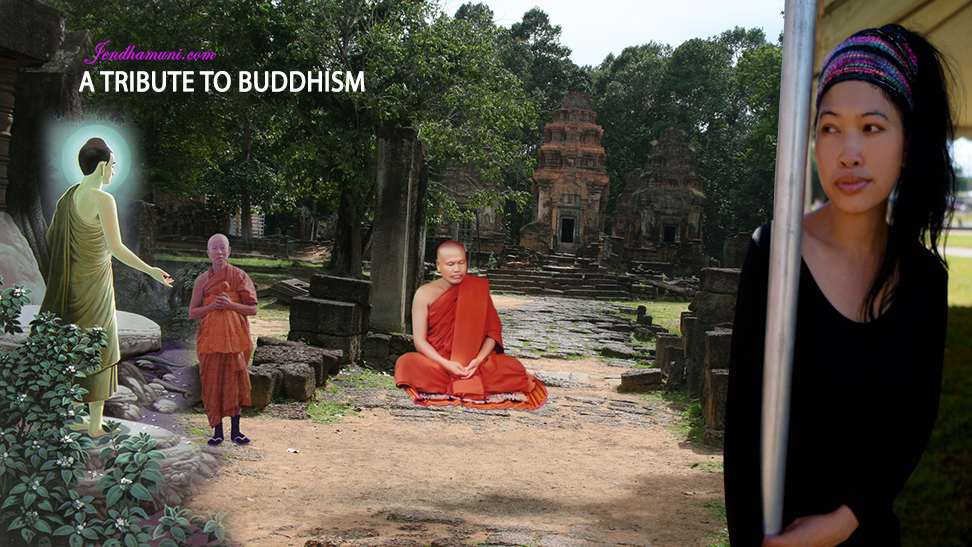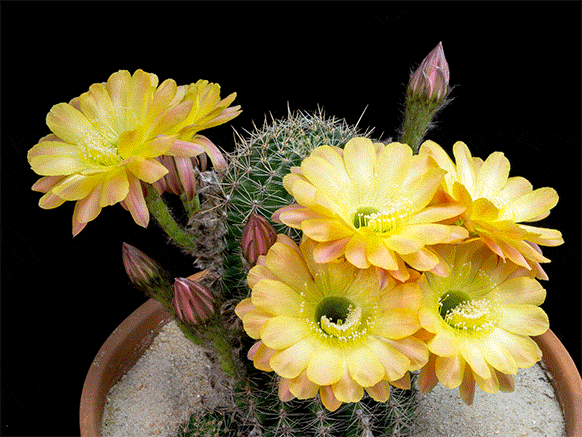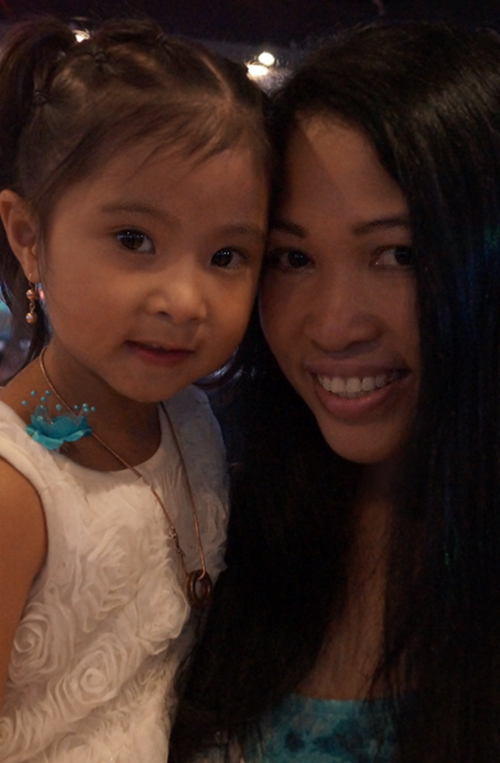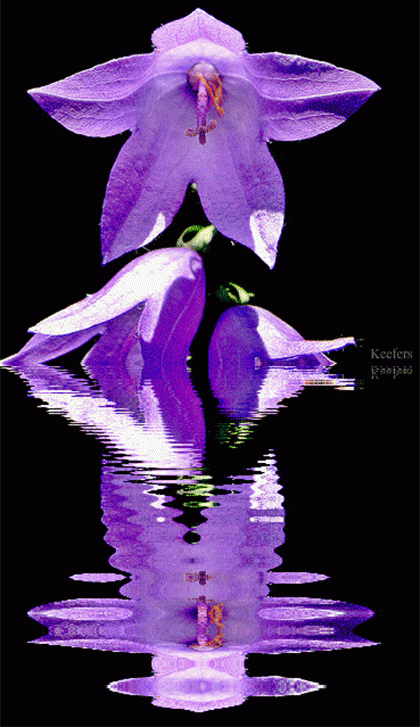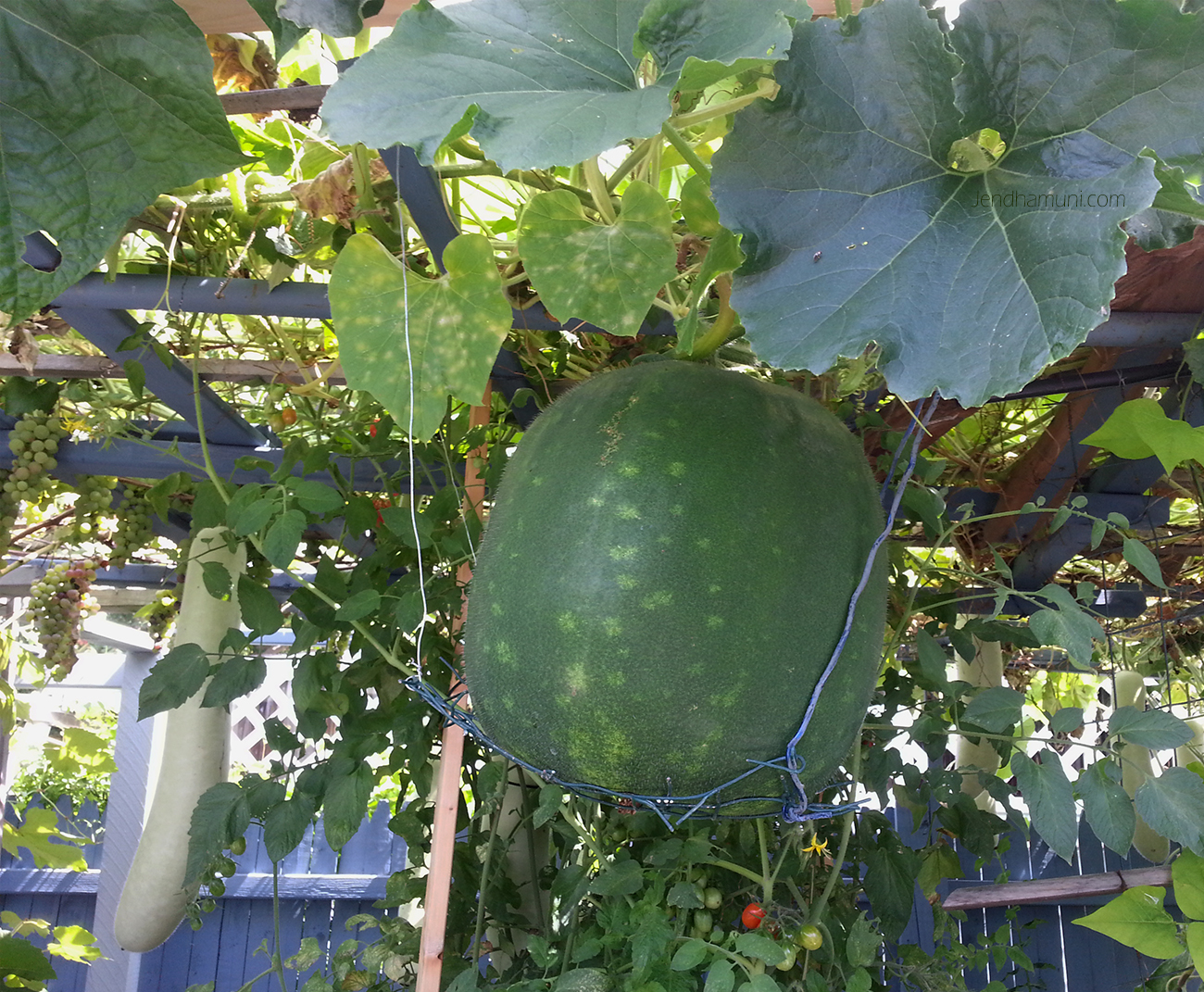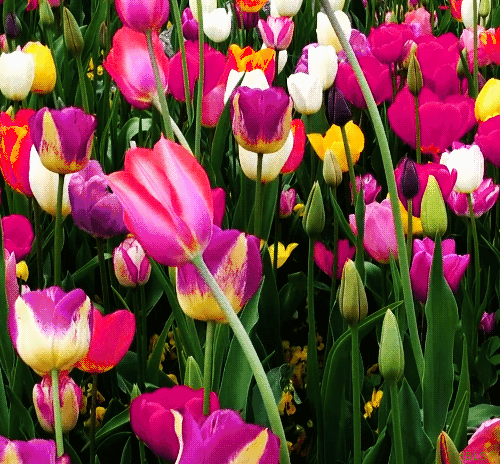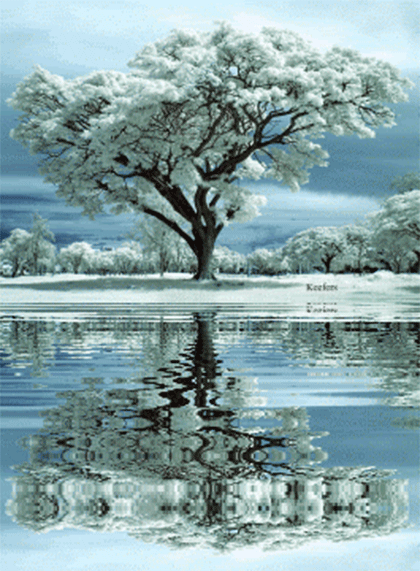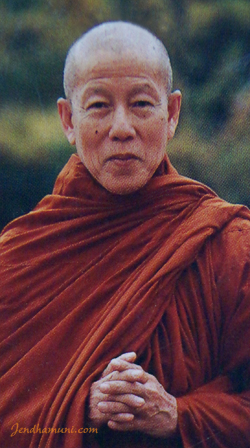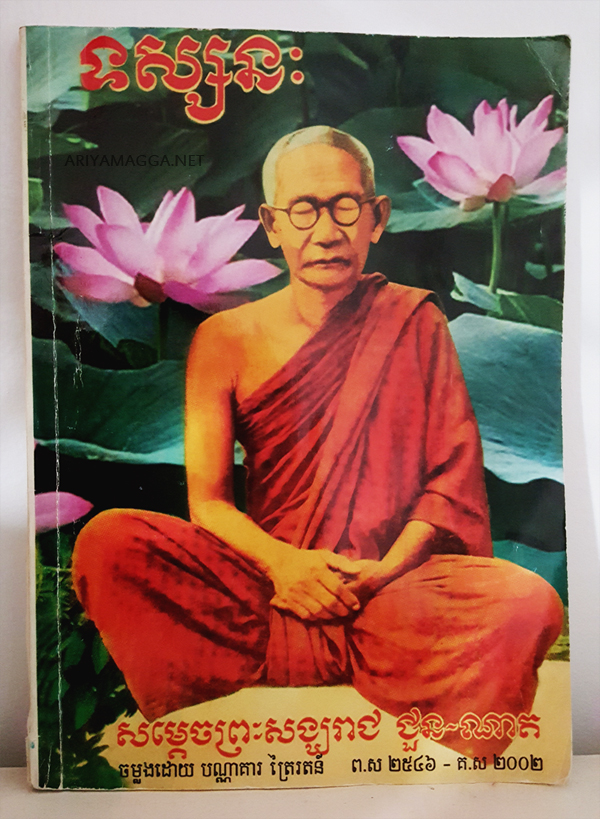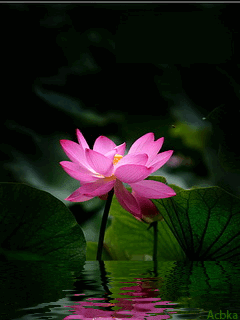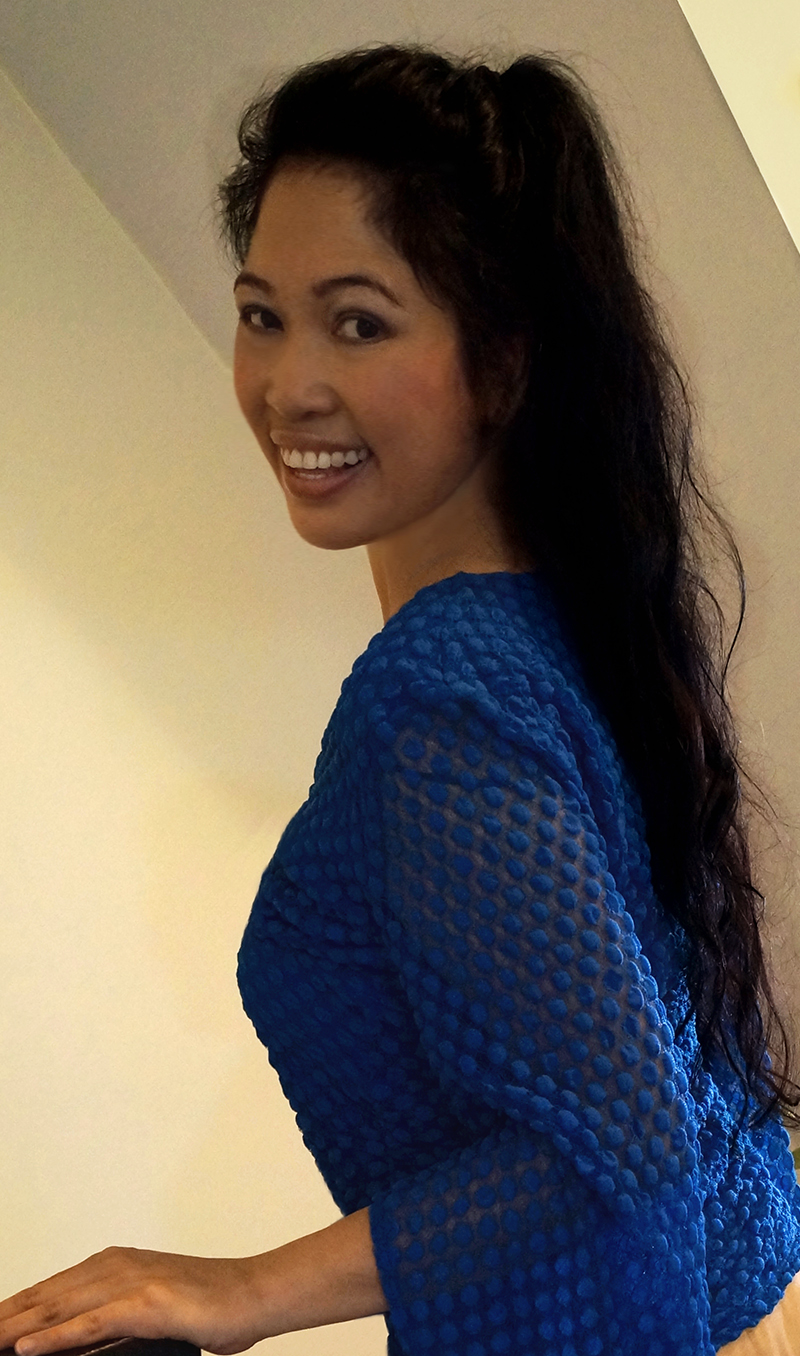-
Rules of Happiness Comment August 30, 2015 -
Lightening the Heart Comment August 30, 2015I have noticed from experience that taking things too seriously can be debilitating. It can paralyze us.
It is usually more effective to approach problems with a light heart – a willingness to laugh at them and at ourselves. Otherwise, if we are too somber, we could be stricken with a heart attack before we even have the chance to do anything to improve the situation! Instead, we can be playful. A sense of humor can be very helpful in preventing us from feeling stuck or overwhelmed by a difficult situation.
Especially if a situation is critical, you have to be able to approach it with some openness, just in order to see the possible solutions clearly. For example, sometimes there are serious issues that you feel you need to address, but that you cannot resolve. What do you end up doing? Worrying. There can also be serious issues that you actually can do something about. In those cases, too, if you are not careful, you may also find yourself worrying. Once you are overwhelmed by anxiety and other unhelpful emotions, it will be very difficult to plan or make clearheaded decisions. You will not be able to look beyond the obstacles to notice the opportunities. ~ 17th Karmapa
-
The Mirror of the Mind Comment August 30, 2015There is a story that reminds us how crucial it is that we take responsibility for what we ourselves contribute to the problem, rather than laying all the blame for our harmful food systems on others – or waiting for someone else to fix the problem.
This story tells of a king of a small, remote kingdom in ancient Tibet. In this kingdom, mirrors were extremely rare – practically unheard of. Yet somehow the king managed to acquire a hand mirror, and picked it up one day as he was talking to his faithful old servant. The king took a good look at himself in that mirror, and was not pleased by what he saw. It seems this king was a singularly unattractive man. He felt thoroughly disgusted by the face staring at him from his mirror. He tossed the mirror aside and exclaimed, “Who is that ugly man? I don’t ever want to see him again! Banish this mirror from my kingdom!”
The servant could not keep silent at this. After all the years he had spent gazing on the king’s unattractive face, he seized this opportunity to say: “My Lord, I have had to look at you all these years. I do not have the option of just banishing the mirror!”
Like the king in this story, we seem to have a tendency to look at others, but not want to see ourselves. There is a saying in Tibetan: “To see others, you need a pair of eyes. To see yourself, you need the mirror of your own mind. ~ 17th Karmapa
-
Winter Melon Comment August 30, 2015Seasons/Availability
Just as the name suggests, Winter melons are available during the winter season.Current Facts
Known by several names, Winter melon is called Tung Gwa, Dong Gua and Doan Gwa in China; Sufed Kaddu, Petha and Lauki in India; Togan in Japan; Fak in Thailand; Wax gourd; White gourd; and Winter gourd. It is the fruit of the Asian vine Benincasa hispida and is used most extensively in Chinese cuisine.Description/Taste
Winter melons are perhaps the largest cold season melons. They can measure 15 inches in diameter and can weigh in excess of thirty pounds at maturity. They are most often marketed by the slice due to their extreme size. Winter melons first impression is a hard, thin, chalky pistachio colored skin with a waxy feel. Its snow white flesh is mild flavored with a similar water rich texture of a watermelon. It bears a large seed cavity that takes up a considerable amount of the flesh.Applications
Cubed or sliced, Winter melon can be steamed, simmered, braised or parboiled and added to stir-fries. Best used in soups, season this rather mild and bland melon with strong spices and herbs. Winter melon are suitable for pickling and may be diced and candied. Whole Winter melons will keep in a cool place for months.Ethnic/Cultural Info
Winter melon is most acclaimed as the ingredient in the Chinese soup known as tung qwa chung or dong gwa jong, or Winter Melon Pond. The skin of the Winter melon is elaborately carved with motifs such as the mythical dragon and phoenix.Geography/History
Winter melons grow best in warm weather with maximum sunshine. The Winter melon is an ancient food staple of China and was first cultivated in ancient Egypt. Introduced into Europe during the Renaissance, today this melon is cultivated throughout the world. It is grown in Europe, Asia, the Americas and Australia.Source: Specialty Produce
Link source -
You choose… be happy or unhappy Comment August 30, 2015 -
Kitten is very sleepy Comment August 30, 2015 -
Pug climbing the stairs Comment August 30, 2015Pugs go by a number of different names, including Chinese pug, Dutch bulldog, Dutch mastiff, Mini mastiff, Carlin, and for some strange reason, Mops. The Pug tail is high-set and curled – sometimes twice — over the back. The short coat is soft, fine, and smooth, and comes in apricot, fawn, black, and silver colors. Adult Pugs range in height from 10 to 14 inches, and weigh from 13 to 20 pounds. Average lifespan is 12 to 15 years. Source: HealthyPets
-
3 amazing ways to eat A watermelon Comment August 29, 2015 -
Great compassion Comment August 29, 2015 -
The present moment Comment August 29, 2015

